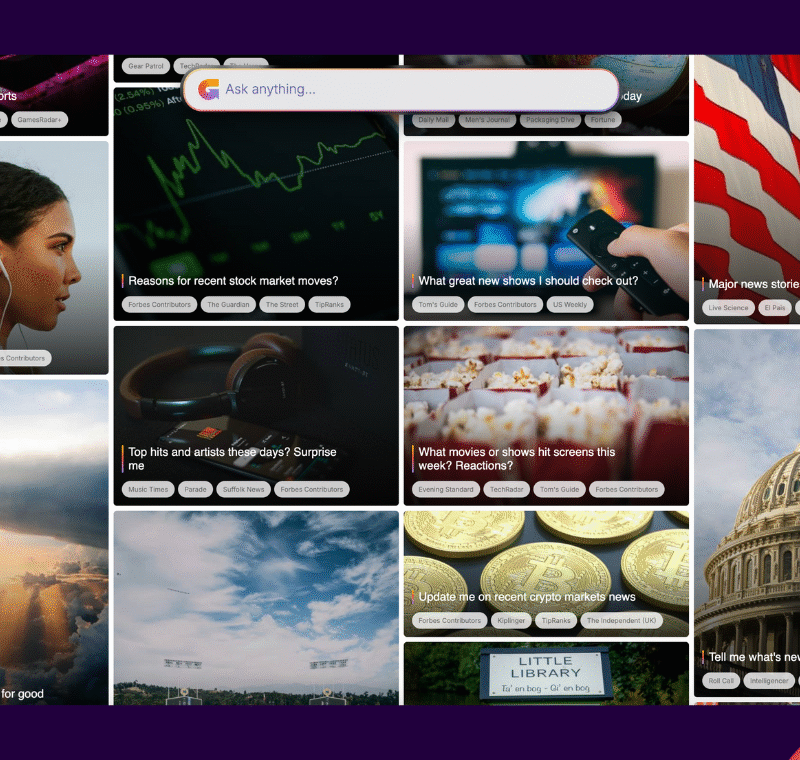[Video] The key do’s and don’ts of native advertising
This article is reproduced with thanks to Native Advertising Institute, a FIPP member. See the original article here. Jesper Laursen, CEO of Native Advertising Institute, will lead a panel discussion on native advertising at the 41st FIPP World Congress, 9-11 October 2017 in London, the UK. Meet him there.
Pontus Staunstrup, head of content strategy and social, PostNord, shares his points of views on these issues in an interview recorded at the 2016 Native Advertising Days.
Pontus is the lead analyst for the company’s extensive work within native advertising, an advisor to both brands and publishers as well as a leading voice in the Swedish native advertising community.
Read more about this year’s conference.
The key dos and don’ts of native advertising
“The key do’s and don’ts of native advertising that I see are first of all; you need to have a strategy. If you don’t have a strategy in place you’re not going to be successful at your native advertising.
The second part is that you need to understand the audience that you’re targeting with your content, so you can choose the right platform, so you can work with the right type of stories and so that you can measure what happens. Those are the key do’s.
RELATED: Why reducing audiences to stereotypes hurts publishers
The don’ts are of course when you flip it over and you don’t have a strategy, you just randomly pick a platform, you don’t try to tell the best stories that you can and you don’t measure the outcome of your native advertising campaign.”
The brands that excel in native advertising
“In my experience, there are brands that are really good at native advertising some of the time and then the same brands can be not so good [at other times]. Of course, you have brands like Netflix that everyone is talking about because seem to be consistently doing a good job.
They have a very clear idea about what they want to accomplish with their native. Other brands like Lego are also doing a great job, but if you break it down to not just the super brands and look at more ordinary brands in the Nordic region; the key for them to do great native is to work closely together with the publisher and to understand the audience.
When they do that — that’s when they create great native. The brands that are successful are the ones that consistently understand, that you need to work together with the publisher and understand the audience.
You need to understand those different publishers will provide different audiences and the audience is coming to that site for a reason; because they like the way that they tell stories, and you have to work with your content so that it fits in. That’s why Netflix is doing such a good job; [their native advertising] works very well on the platforms that they pick.”
Ensuring value for publisher, brand and audience
“The only way that we can ensure that native advertising provides value to the publisher, to the brand and to the audience is to have a partnership. That means that what the brand is bringing to the process is, of course, the messages — but those are the will to tell stories that actually add value to a target audience.
The publishers share the knowledge of their platform; what works and what doesn’t work, what the metrics are, how the native compares to the editorial content.
What the audience brings [to the process] is that they show that they are willing to engage with this type of content. So in an ideal world, the win-win-win scenario is where everyone feels that they’re actually getting a value out of the collaboration.
RELATED: Six ways digital media professionals define audience engagement
When native is less successful is often where you overlook either the audience’s needs; you just have a brand telling their own stories without understanding who they’re talking to, or the publisher is reluctant to actually make sure that the brand has a good experience on the platform by sharing insights or rather not sharing insights.”
Jesper Laursen, CEO of Native Advertising Institute, will lead a panel discussion on native advertising at the 41st FIPP World Congress, 9-11 October 2017 in London, the UK. Meet him there.

More like this
[Video] Why tone of voice is the key to good native advertising
Lukas Kircher: Native advertising should not ‘blend in’
[Video] Mobile native advertising needs more transparency
Three takeaways from award winning native advertising
[Video] Native advertising has to be done by the editorial team
[Video] How Visa works with disclosure of native advertising









